Pyramids of Sudan
Did you know that Sudan actually has more pyramids than Egypt? It may surprise you to know that Sudan has more than twice the number of pyramids than Egypt does. Sudan has around 255 pyramids compared with Egypt’s 118. Sudan’s pyramids are grouped together in necropolises or burial grounds, and unlike Egypt’s pyramids are a smaller and have been built with a steeper angle. Best of all, if you get a chance to visit Sudan you are unlikely to have to share the amazing pyramid sites with any other tourists, let alone the thousands of people that are often at Giza on any one day.
Where are the pyramids of Sudan?

The pyramids of Sudan are located all around the country, at sites that were once along the Nile. The most famous pyramids of Sudan are the pyramids of Meroe which is located a few hours north of the capital Khartoum. Today these pyramids lie abandoned in the desert, there is usually a lone gate keeper who may charge you a small fee to visit, but by and large you should have the site all to yourself. Meroe is the largest of the pyramid sites in Sudan, two hundred pyramids were built here over a span of a thousand years and range in height from 6 to 30 metres. The pyramids rise in narrow steps, giving the distinctive shape to these structures.
Other pyramids of Sudan can be found a ‘Gebel Barkal’ the site of the sacred mountain. Gebel Barkal is unique in the fact that its pyramids are of two types, the usual small stone pyramids of a steep gradient, as well as a small group of typical ‘Egyptian Style’ mudbrick pyramids with a gentler gradient. These pyramids are much older, but in a ruined state and only the central chambers survive. There may be fewer pyramids at Gebel Barkal, however the traditional Nubian style pyramids are in a much better state of preservation than at Meroe. Gebel Barkal is also home to a temple to the Egyptian god, Amun and was also sacred to the ancient Egyptians in the times of the pharaohs.
Who built pyramids of Sudan?
The pyramids of Sudan were built by the rulers of the ancient Kushite kingdoms or the Nubians. For thousands of years, the Nubian peoples had been ruled over by the pharaohs of Egypt. As such, these people were heavily influenced by the ancient Egyptians and began burying their royalty in pyramids around two thousand years after Egyptian burial methods had changed to subterranean rock cut tombs. Pyramids in the land of Nubia were built for the first time at the site of El Kurru in around 751 BCE.
The pyramids were not only built for the kings of Nubia but were also built for the Queens and wealthy citizens of the cities of Napata and Meroe. In fact, fourteen pyramids, dating to the time of the kings Shabaka, Shabataka and Tanwetamani, were for ‘warrior Queens’.
Unfortunately, the pyramids of Sudan were heavily plundered in ancient times, however wall reliefs show their royal residents were mummified, just like their Egyptian counterparts, covered in jewellery and laid to rest in wooden mummy cases. One pyramid excavated at the site of Meroe, contained hundred of heavy items, such as large blocks decorated with rock art, as well as a cow buried complete with eye ointment.
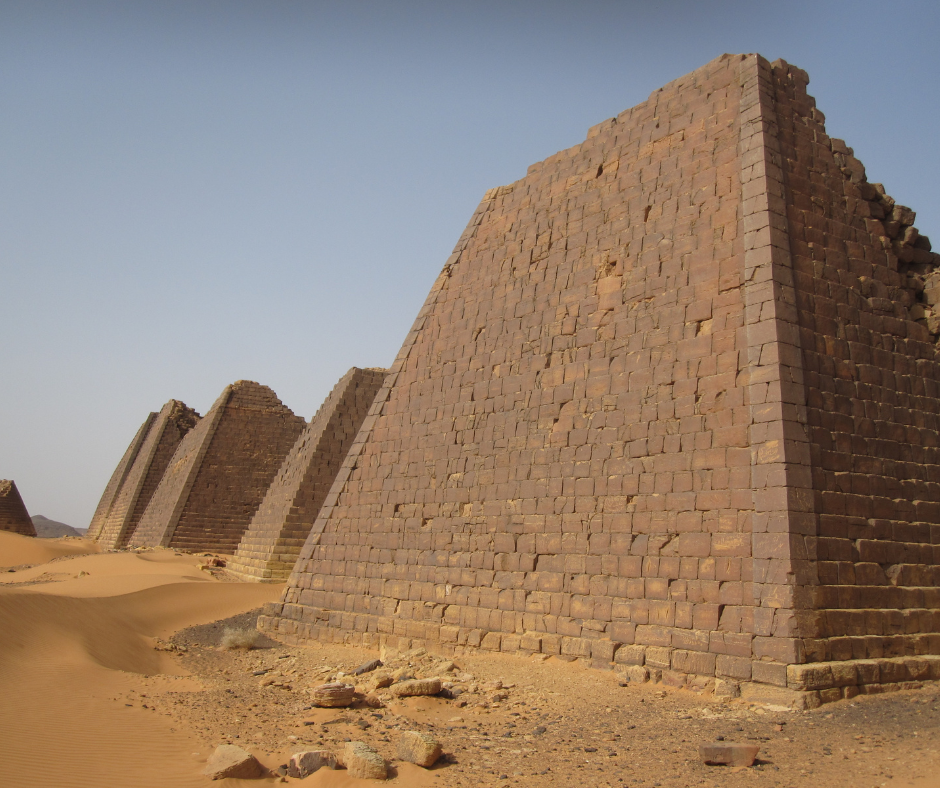
Can I visit the pyramids of Sudan?
Yes! You can visit. However, travellers should be aware that there is no public transport going to the pyramid sites, which today are located in the harsh desert. It is highly recommended that you go on a tour (don’t worry the sites are huge and you will still be able to explore without seeing another person). In this area of Africa, western accommodation is still uncommon, and for some of the sites it might be necessary to wild camp, which is an experience in itself.
The pyramid sites of Meroe, Gebel Barkal and Karima are featured on our ‘Journey to the Confluence’ trip to Sudan. For more information call us on +61 (2) 7229 1926 or drop us a line at info@invertedatlas.com


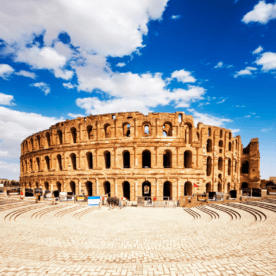
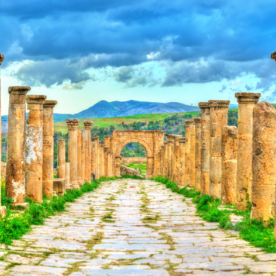

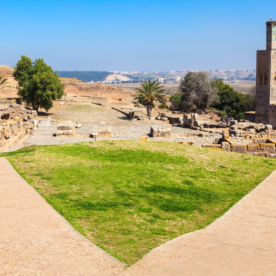

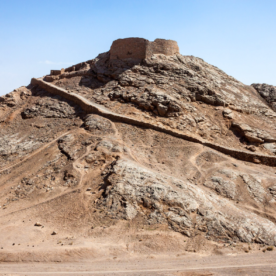
Leave a Reply